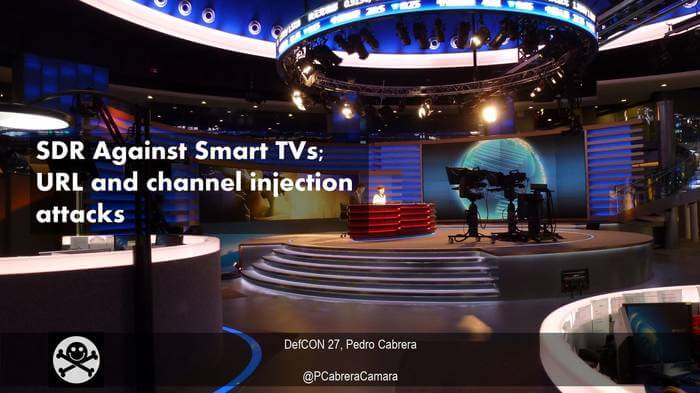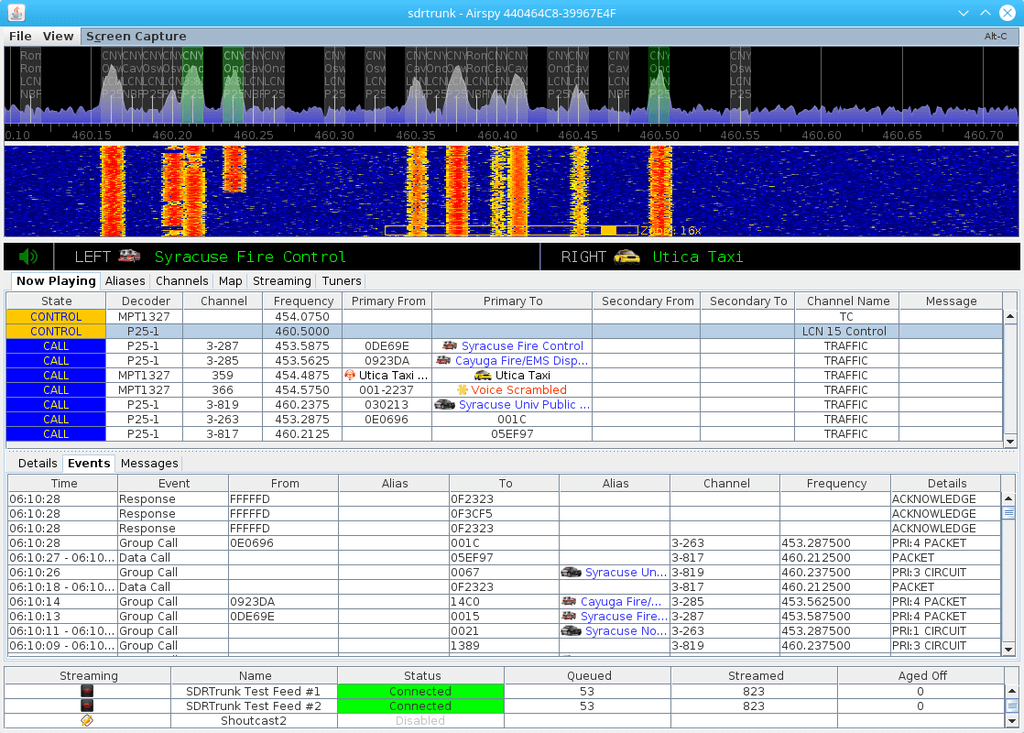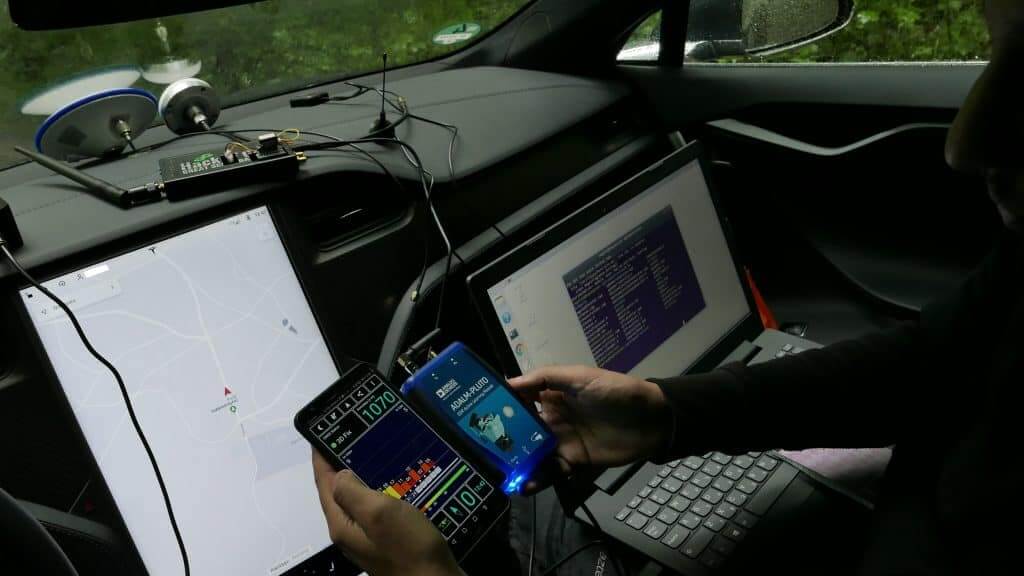Using a HackRF SDR to Sniff RF Emissions from a Cryptocurrency Hardware Wallet and Obtain the PIN
At last years Chaos Communication Congress (35C3) Conference, leveldown security presented their findings on multiple security vulnerabilities present in cryptocurrency hardware wallets. Cryptocurrency is a type of digital asset that relies on computers solving cryptographic equations to keep the network trusted and secure. Popular cryptocurrencies include Bitcoin, Ethereum and Ripple. To access your cryptocurrency funds on a computer, a software application called a wallet is used.
However, if a computer holding a wallet is compromised, it is possible that the wallet could be opened by a hacker and funds transferred out. To improve security, hardware wallets are available. These are USB keys that require you to enter a PIN on the key before the funds can be accessed. If the USB key is not inserted and activated by the PIN, the wallet cannot be opened.
All electronic devices including hardware cryptocurrency wallets unintentionally emit RF signals. One possible attack against a hardware wallet is to analyze these RF emissions and see if any information can be obtained from them. The team at leveldown found that the Ledger Blue cryptocurrency wallet in particular has a flaw where each PIN number button press emits a strong RF pulse. By using a HackRF and machine learning to analyze the unintentional RF output of each button press, the team was able to retrieve the PIN number with only RF sniffing from more than 2 meters away.
To do this they created a GNU Radio flowchart that records data from the HackRF whenever an RF pulse is detected. A small Arduino powered servo then presses the buttons on the wallet hundreds of times, allowing hundreds of RF examples to be collected. Those RF samples are then used to train a neural network created in Tensorflow (a popular machine learning package). The result is a network that performs with 96% accuracy.
If you're interested in exploring other unintentional RF emissions from electronics, check out our previous post on using the TempestSDR software to spy on monitors/TVs with unintentionally emitted RF, and the various other posts on our blog on this topic.


